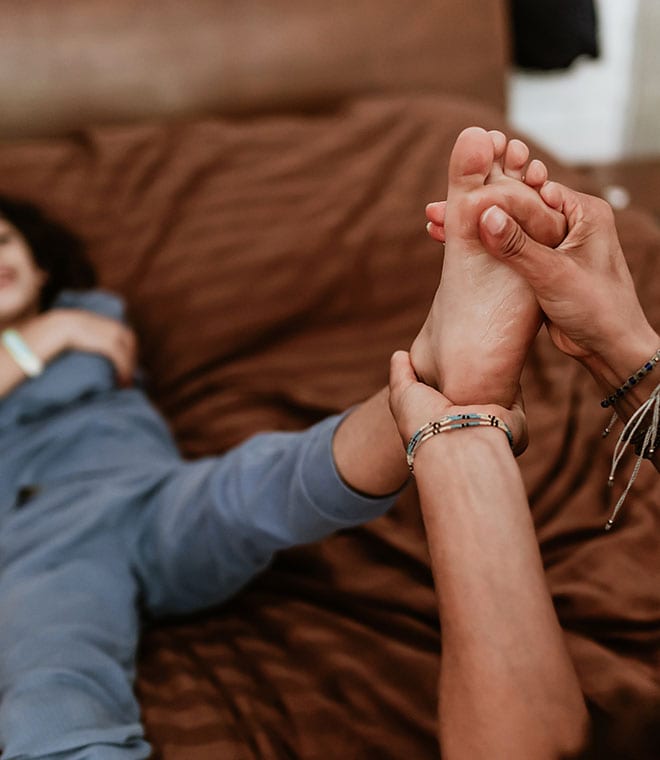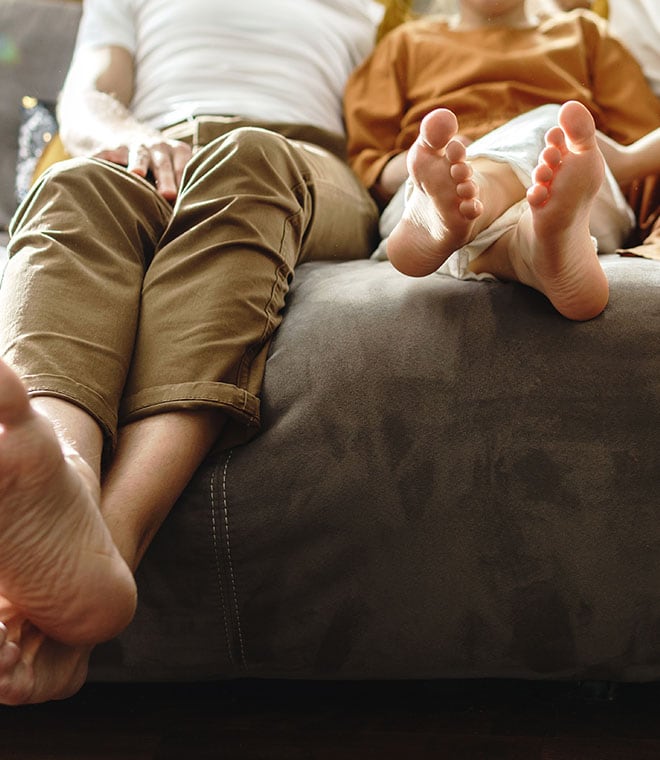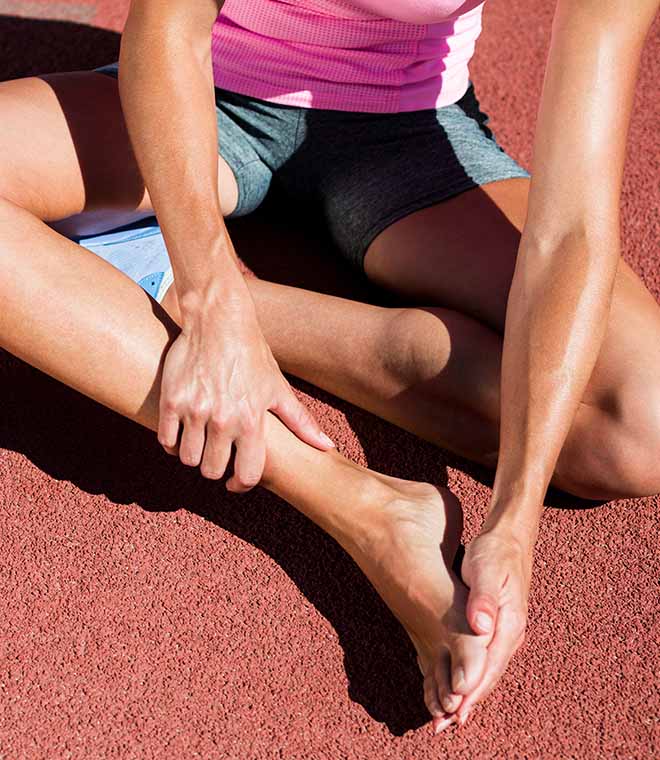Health
Tinea pedis: Causes, symptoms and treatment
By Anna H. Chacon, MD, Fellow of the American Academy of Dermatology Sep 13, 2024 • 5 min
Tinea pedis, also known as athlete’s foot, is a common and contagious type of fungal infection that typically starts between the toes. It can spread to other parts of the feet, including the soles and toenails. It can also spread to other people. Tinea pedis can affect anyone of any age.
What is tinea pedis?
Tinea pedis is a common foot infection caused by a prevalent dermatophyte fungus that requires keratin —the protein that makes up your skin, hair and nails—in order to grow. Tinea pedis is usually referred to as athlete's foot, but it’s also known as foot ringworm. It most commonly occurs in hot, humid climates and urban environments.
Athlete’s foot causes
Athlete’s foot is caused by fungi called dermatophytes, the same fungi that cause jock itch. Some of the common risk factors for athlete’s foot include:
- A hot and humid environment
- Prolonged wear of closed shoes and boots
- Excessively sweaty feet
- Prolonged exposure of the feet to water
- Walking barefoot in public spaces, such as pools and locker rooms
- Certain health conditions, including a weakened immune system or diabetes
- Certain medications, such as corticosteroids or immunosuppressants
Athlete’s foot symptoms
While a foot fungus like athlete’s foot isn’t life-threatening, it can be a source of great discomfort. It’s often very itchy and can even become painful.
The fungus typically starts between the toes and spreads to the soles of the feet and sometimes to the toenails, where the fungus releases enzymes called keratinases to invade the keratin layer of the nail.
The most common athlete’s foot symptoms include:
- Scaly, peeling or cracked skin between the toes
- Itchiness, especially right after taking off your shoes and socks
- Inflamed, sometimes swollen skin that might appear reddish, purplish or grayish, depending on your skin color
- Burning or stinging on the bottoms of the feet and/or between the toes
- A pale, wrinkly appearance resulting from prolonged exposure to water
- Blisters
- Dry, scaly skin on the bottoms of the feet that may extend up the sides
- Open sores (ulcers) that may appear between toes or on the soles of feet
Tinea pedis treatment
In most cases, athlete’s foot can be successfully treated with over-the-counter antifungal creams and ointments, sprays, powders, and gels, such as clotrimazole (Lotrimin),terbinafine, miconazole, and tolnaftate. If the infection doesn’t clear up or it gets worse after using an over-the-counter product as directed, see your healthcare provider. In some cases, a prescription-strength topical antifungal medication may be necessary to clear up the infection. In severe cases, or if the athlete’s foot co-occurs with a bacterial infection, treatment may require oral medications. You should avoid OTC creams that contain steroids (or corticosteroids) because they may make athlete’s foot worse.
Athlete’s foot prevention
The best way to prevent athlete's foot is to take proper care of your feet:
- Keep your feet clean by washing them with soap and water. Pay extra attention to the toes. Dry the feet thoroughly after washing.
- Wear moisture-wicking synthetic blend socks and change them at least once a day or more often if they become wet.
- Wear breathable shoes and alternate shoes daily. Wear waterproof shoes or sandals in public areas.
If you experience intense and severe pain and itching, or if you encounter swelling, pus or a persistent foot rash that doesn’t start improving after a month of treatment, make an appointment with your healthcare provider. If you have diabetes or other health conditions that cause you to have a weakened immune system and suspect you have athlete's foot, see your healthcare provider right away.
Updated by Julie McDaniel, MSN, RN, CRNI, September 2024.
Sources:
- https://www.ncbi.nlm.nih.gov/books/NBK470421/
- https://www.aafp.org/afp/2003/0101/p101.
- https://www.ncbi.nlm.nih.gov/pmc/articles/PMC2907807/
- https://my.clevelandclinic.org/health/diseases/22139-athletes-foot-tinea-pedis
- https://www.mayoclinic.org/diseases-conditions/nail-fungus/symptoms-causes/syc-20353294
- https://www.uptodate.com/contents/ringworm-including-athletes-foot-and-jock-itch-beyond-the-basics/
- https://www.apma.org/athletesfoot
- https://www.cdc.gov/ringworm/about/index.html
- https://diabetes.org/about-diabetes/complications/skin-complications
- https://www.sciencedirect.com/topics/pharmacology-toxicology-and-pharmaceutical-science/keratinase
- https://kidshealth.org/en/teens/athletes-foot.html



